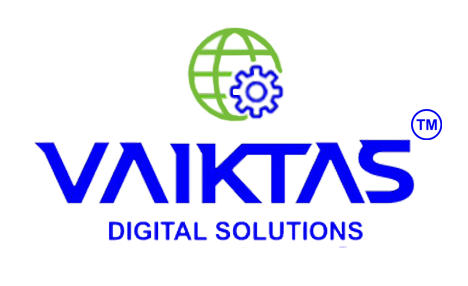Maintaining your website’s relevance, engagement, and usability in the ever-changing world of web design requires keeping up with the most recent developments. The way websites are constructed and used is changing as we move into 2024 due to a few new developments. Examining these fascinating advancements and their impact on the digital ecosystem will be our goal.
Immersive 3D Experiences:
In 2024, one of the most notable innovations that will gain traction is the use of immersive 3D experiences on websites. Three-dimensional features are becoming more and more common in web designs, largely due to technological developments and browser capabilities. 3D graphics are transforming how people interact with websites, from dynamic storytelling environments to interactive product presentations. This trend offers a memorable and visually appealing experience in addition to increasing user engagement.
Dark Mode Design:
Over the past few years, dark mode design has become more and more fashionable, and in 2024 it will still be a major trend. Dark mode, especially on devices with OLED panels, saves battery life and lessens eye strain in low-light conditions thanks to its elegant and contemporary design. Dark color palettes are becoming popular among website designers as a way to create visually arresting interfaces that stand out and exude refinement. Dark mode design is changing the digital world and giving consumers additional options for how they engage with content on everything from multimedia websites to e-commerce platforms.
Voice User Interface (VUI) Integration:
As voice technology continues to mature, we’re witnessing a shift towards the integration of voice user interfaces (VUIs) in website design. With the rising popularity of virtual assistants like Siri, Alexa, and Google Assistant, users are increasingly comfortable interacting with websites using voice commands.
Designers are optimizing websites for voice search and navigation, ensuring seamless integration with VUIs. This trend not only enhances accessibility for users with disabilities but also offers a more intuitive and hands-free browsing experience.
Sustainable Design Practices:
In the current era of increased environmental awareness, website design must take sustainability into account. Eco-friendly approaches, like optimizing website performance to minimize energy usage, utilizing renewable hosting services, and reducing carbon footprints through effective coding techniques, are becoming increasingly important to designers. Furthermore, websites are demonstrating their dedication to sustainability by using eco-friendly campaigns and marketing, which appeals to customers who care about the environment.
Hyper-Personalization and AI-driven Experiences:
Effective digital marketing has always relied heavily on personalization, but in 2024, artificial intelligence (AI) will drive a shift toward highly tailored experiences. Websites can offer personalized content, recommendations, and user interfaces based on user choices, behavior, and demographics by utilizing machine learning algorithms and user data. Artificial intelligence (AI)-driven experiences are transforming online user engagement and driving improved conversion rates and customer satisfaction. Examples of these experiences include dynamically created content blocks and personalized product suggestions.
Motion Graphics and Micro-Interactions:
User interfaces are becoming more visually appealing and interactive with the usage of motion graphics and micro-interactions in website design. Motion graphics enhance the overall user experience by capturing users’ attention and providing feedback, whether through dynamic transitions or subtle hover effects. Designers are utilizing CSS methods and animation libraries to produce smooth and captivating user experiences that successfully convey brand identity.
User interfaces are becoming more visually appealing and interactive with the usage of motion graphics and micro-interactions in website design. Motion graphics enhance the overall user experience by capturing users’ attention and providing feedback, whether through dynamic transitions or subtle hover effects. Designers are utilizing CSS methods and animation libraries to produce smooth and captivating user experiences that successfully convey brand identity.

